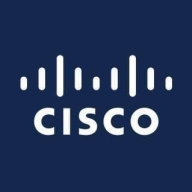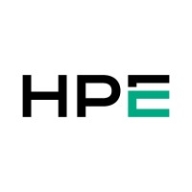

Find out what your peers are saying about Dell Technologies, Hewlett Packard Enterprise, Lenovo and others in Rack Servers.
| Product | Market Share (%) |
|---|---|
| Cisco UCS C-Series Rack Servers | 5.2% |
| Dell PowerEdge R-Series | 27.4% |
| HPE ProLiant DL Servers | 22.0% |
| Other | 45.4% |
| Product | Market Share (%) |
|---|---|
| HPE Synergy | 18.8% |
| Dell PowerEdge MX- Series | 14.7% |
| HPE BladeSystem | 13.7% |
| Other | 52.8% |


| Company Size | Count |
|---|---|
| Small Business | 11 |
| Midsize Enterprise | 6 |
| Large Enterprise | 13 |
| Company Size | Count |
|---|---|
| Small Business | 30 |
| Midsize Enterprise | 15 |
| Large Enterprise | 56 |
UCS C-Series Rack Servers deliver unified computing in an industry-standard form factor to reduce TCO and increase agility. Each server addresses varying workload challenges through a balance of processing, memory, I/O, and internal storage resources.
HPE Synergy, the first platform built from the ground up for Composable Infrastructure, offers an experience that empowers IT to create and deliver new value instantly and continuously. It is a single infrastructure that reduces operational complexity for traditional workloads and increases operational velocity for the new breed of applications and services. Through a single interface, HPE Synergy composes physical and virtual compute, storage, and fabric pools into any configuration for any application. As an extensible platform, it easily enables a broad range of applications and operational models such as virtualization, hybrid cloud, and DevOps. With HPE Synergy, IT can become not just the internal service provider but the business partner to rapidly launch new applications that become the business.
We monitor all Rack Servers reviews to prevent fraudulent reviews and keep review quality high. We do not post reviews by company employees or direct competitors. We validate each review for authenticity via cross-reference with LinkedIn, and personal follow-up with the reviewer when necessary.